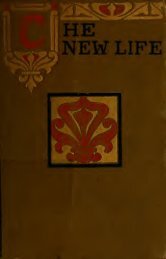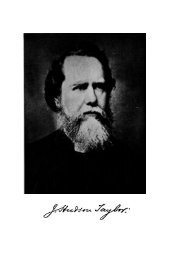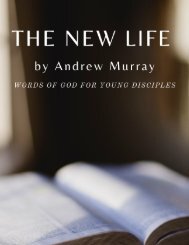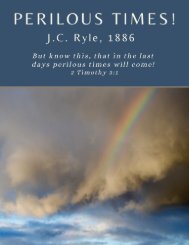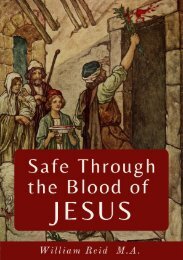The Case For Christ
The Case for Christ records Lee Strobel's attempt to "determine if there's credible evidence that Jesus of Nazareth really is the Son of God." The book consists primarily of interviews between Strobel (a former legal editor at the Chicago Tribune) and biblical scholars such as Bruce Metzger. Each interview is based on a simple question, concerning historical evidence (for example, "Can the Biographies of Jesus Be Trusted?"), scientific evidence, ("Does Archaeology Confirm or Contradict Jesus' Biographies?"), and "psychiatric evidence" ("Was Jesus Crazy When He Claimed to Be the Son of God?"). Together, these interviews compose a case brief defending Jesus' divinity, and urging readers to reach a verdict of their own.
The Case for Christ records Lee Strobel's attempt to "determine if there's credible evidence that Jesus of Nazareth really is the Son of God." The book consists primarily of interviews between Strobel (a former legal editor at the Chicago Tribune) and biblical scholars such as Bruce Metzger. Each interview is based on a simple question, concerning historical evidence (for example, "Can the Biographies of Jesus Be Trusted?"), scientific evidence, ("Does Archaeology Confirm or Contradict Jesus' Biographies?"), and "psychiatric evidence" ("Was Jesus Crazy When He Claimed to Be the Son of God?"). Together, these interviews compose a case brief defending Jesus' divinity, and urging readers to reach a verdict of their own.
You also want an ePaper? Increase the reach of your titles
YUMPU automatically turns print PDFs into web optimized ePapers that Google loves.
was written before Paul was put to death."<br />
Blomberg was getting more wound up as he went. "That means<br />
Acts cannot be dated any later than A.D. 62. Having established<br />
that, we can then move backward from there. Since Acts is the<br />
second of a two-part work, we know the first part-the gospel of<br />
Luke-must have been written earlier than that. And since Luke<br />
incorporates parts of the gospel of Mark, that means Mark is even<br />
earlier. "If you allow maybe a year for each of those, you end up<br />
with Mark written no later than about A.D. 60, maybe even the<br />
late 50s. If Jesus was put to death in A.D. 30 or 33, we're<br />
talking about a maximum gap of thirty years or so."<br />
He sat back in his chair with an air of triumph. "Historically<br />
speaking, especially compared with Alexander the Great," he said,<br />
"that's like a news flash!"<br />
Indeed, that was impressive, closing the gap between the events<br />
of Jesus' life and the writing of the gospels to the point where<br />
it was negligible by historical standards. However, I still<br />
wanted to push the issue. My goal was to turn the clock back as<br />
far as I could to get to the very earliest information about<br />
Jesus.<br />
GOING BACK TO THE BEGINNING<br />
I stood and strolled over to the bookcase. "Let's see if we can<br />
go back even further," I said, turning toward Blomberg. "How<br />
early can we date the fundamental beliefs in Jesus' atonement,<br />
his resurrection, and his unique association with God?"<br />
"It's important to remember that the books of the New Testament<br />
are not in chronological order," he began. "<strong>The</strong> gospels were<br />
written after almost all the letters of Paul, whose writing<br />
ministry probably began in the late 40s. Most of his major<br />
letters appeared during the 50s. To find the earliest<br />
information, one goes to Paul's epistles and then asks, 'Are<br />
there signs that even earlier sources were used in writing<br />
them?"'<br />
"And," I prompted, "what do we find?"<br />
"We find that Paul incorporated some creeds, confessions of<br />
faith, or hymns from the earliest <strong>Christ</strong>ian church. <strong>The</strong>se go way<br />
back to the dawning of the church soon after the Resurrection.<br />
<strong>The</strong> most famous creeds include Philippians 2:6-11, which<br />
talks"about Jesus being 'in very nature God,' and Colossians<br />
1:15-20, which describes him as being 'the image of the invisible










